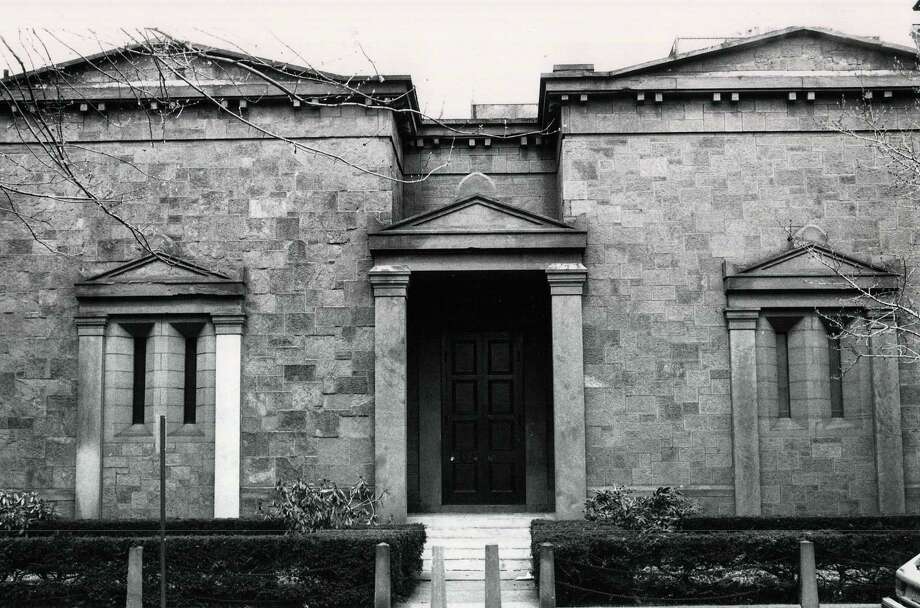

The rituals are less important than the relationships–the bonds of power and influence that develop between Skull and Bones initiates after they graduate. Of course, there is more to Skull and Bones than the mystical mumbo-jumbo of its rituals. And he wanted to know if we’d be interested in an attempt to videotape it this time.Īnd so one afternoon last December, shortly after the Bush electoral victory had been certified, I met with the intrepid fellow he booted up his laptop and let me listen to the sounds of a ceremony that had been the subject of fevered speculation for nearly two centuries now. Adler said she had been approached by a member of the Yale community who wanted to share with us a remarkable coup of his own: He had found a way last year, in April of 2000, to audiotape the Skull and Bones initiation ceremony. Yale does not own the Skull and Bones building or the property it is on, nor does Yale have access to the property or the building."Įfforts to reach members of Skull and Bones for comment were met with silence.Ms. In an e-mail, Yale University spokesman Tom Conroy wrote: "Yale does not possess Geronimo's remains. And it's never going to surface," says Robbins. So any of them could have put the skull anywhere by now. "There are, at any one time, approximately 800 living members of this organization across the world. Alexandra Robbins, author Secrets of the Tomb: Skull and Bones, the Ivy League, and the Hidden Paths of Power says that even if Bonesmen displayed Geronimo's skull in the Tomb at one time, it's likely not there now. We don't make a big deal out of it."Īnd there's a further complication. "When somebody is buried we traditionally do not revisit the grave. Apaches were nomadic people," says Houser. "Unlike what was stated in the complaint, Apaches do not like to disinter remains, and there is no tradition of burying them in their birthplace. He also disputes the idea that Apaches are traditionally buried in their homeland. Houser is uncomfortable with the lawsuit and would prefer not to disturb Native human remains. We may never know the truth about Geronimo's remains, says Jeff Houser, chairman of the Fort Sill Apache tribe.

And even if the lawsuit turns up a skull in Connecticut, "then you have the question of who? Whose head is it?" says Harjo. Twenty years ago, an Apache tribal chairwoman told Harjo that Geronimo's body had already been moved from Oklahoma to New Mexico. adding that if he couldn't return in his lifetime, that he wanted to be buried there," says Clark.īut Suzan Shown Harjo, president of The Morning Star Institute, a Native rights organization, says it might not be possible to return Geronimo's remains. "When he met with Teddy Roosevelt, for instance, in March of 1905, his request was that he and the other Chiricahua Apaches who were prisoners of war be permitted to return to the headwaters of the Gila River. Attorney General Ramsey Clark who represents the Geronimo family says that Geronimo made it very clear - even before his surrender - that he wanted to be in the Apache lands of southwestern New Mexico. government (including Barack Obama), calling for the return of their ancestor's remains from New Haven, Fort Sill and "wherever else they may be found."įormer U.S.

Now 20 descendants of Geronimo have filed a lawsuit against Skull and Bones, Yale University and members of the U.S. But author Marc Wortman says that when he was at Yale's Sterling Library researching The Millionaire's Unit, his book about young men from the university who flew during World War I, he stumbled on a letter that seemed to confirm the rumor. and grandfather of George W.Īll of this is speculative Skull and Bones members swear an oath never to reveal what goes on inside the Tomb. To make matters even more intriguing, legend has it that the grave-robbing posse included Prescott Bush, father of George H.W. They then sprinted the remains away to New Haven, Conn., and allegedly stashed the skull at the society's clubhouse, the Skull and Bones Tomb. One of the organizations most storied legends involves the skull of Apache warrior Geronimo, who died in 1909 after two decades as a prisoner of war at Fort Sill, Okla.Īs the story goes, nine years after Geronimo's death, Skull and Bones members who were stationed at the army outpost dug up the warrior's grave and stole his skull, as well as some bones and other personal relics. Members are forbidden to reveal what happens inside the building.įor decades, mystery has surrounded an elite secret society at Yale University called the Order of Skull and Bones. The Skull and Bones clubhouse - also known as "The Tomb" - is secured with a padlock.


 0 kommentar(er)
0 kommentar(er)
